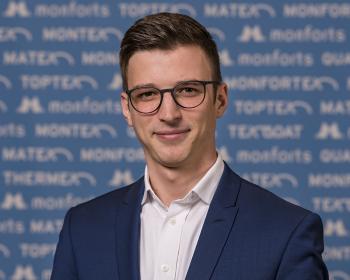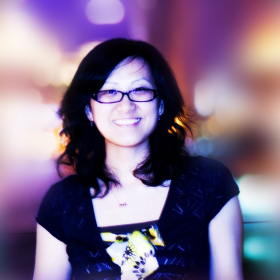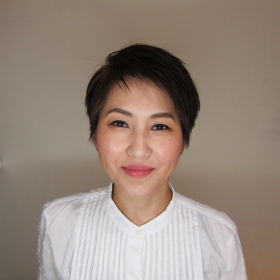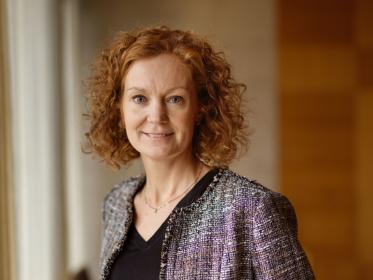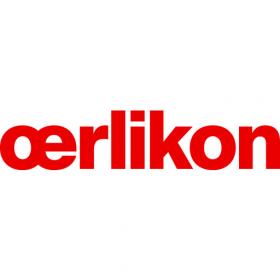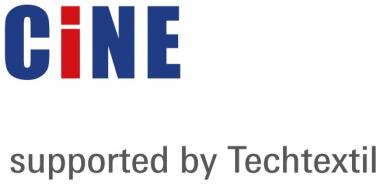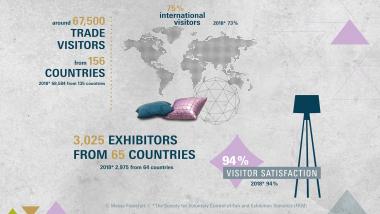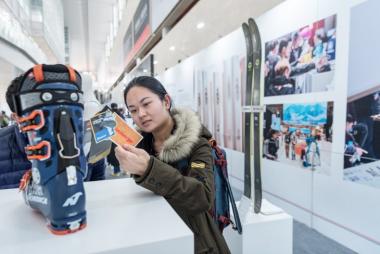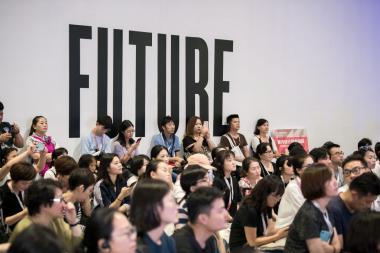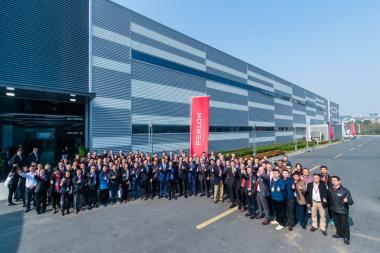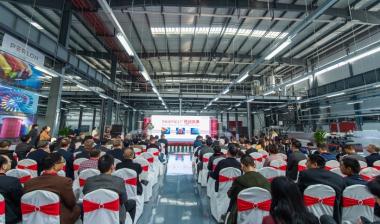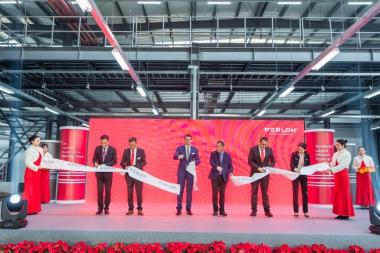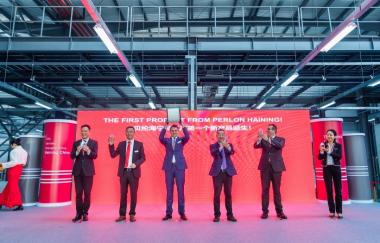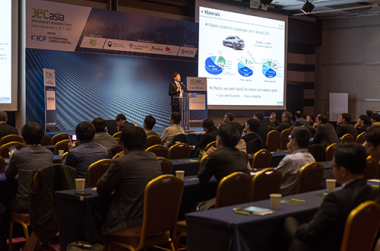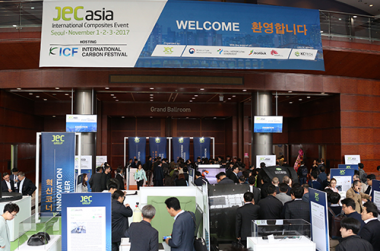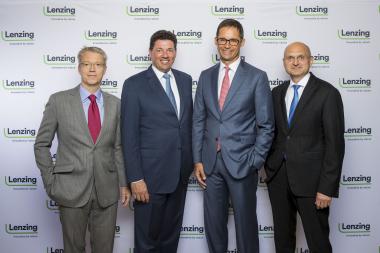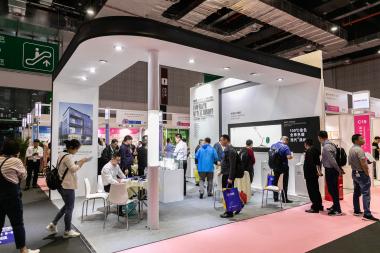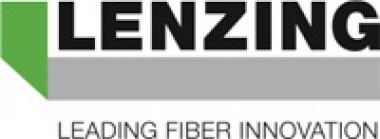15th China International Recycled Polyester Conference & Exhibition
15th China International Recycled Polyester Conference & Exhibition is to be held in China during 18-20 Sep 2019. The forum is jointly organized by Dr. Thiele Polyester Technology and China Chemical & Fiber Economic Information Network (CCFEI), and supported by Recycled Fiber Commission of China Chemical Fiber Association and China National Chemical Fiber Corp.
Having achieved successes during the past 14 years, our China International Recycled Polyester Conference has developed to be the largest international conference of recycled polyester industry in Asian-pacific region. The upcoming 15th China International Recycled Polyester Conference & Exhibition will again gather domestic and overseas raw material suppliers, recycled fiber (regular, hollow and filament) makers, machinery suppliers, downstream consumers, as well as related medium, industry associations and traders, to share valuable opinions of market status quo and perspective.
Dr. Thiele Polyester Technology
Dr. Thiele Polyester Technology




